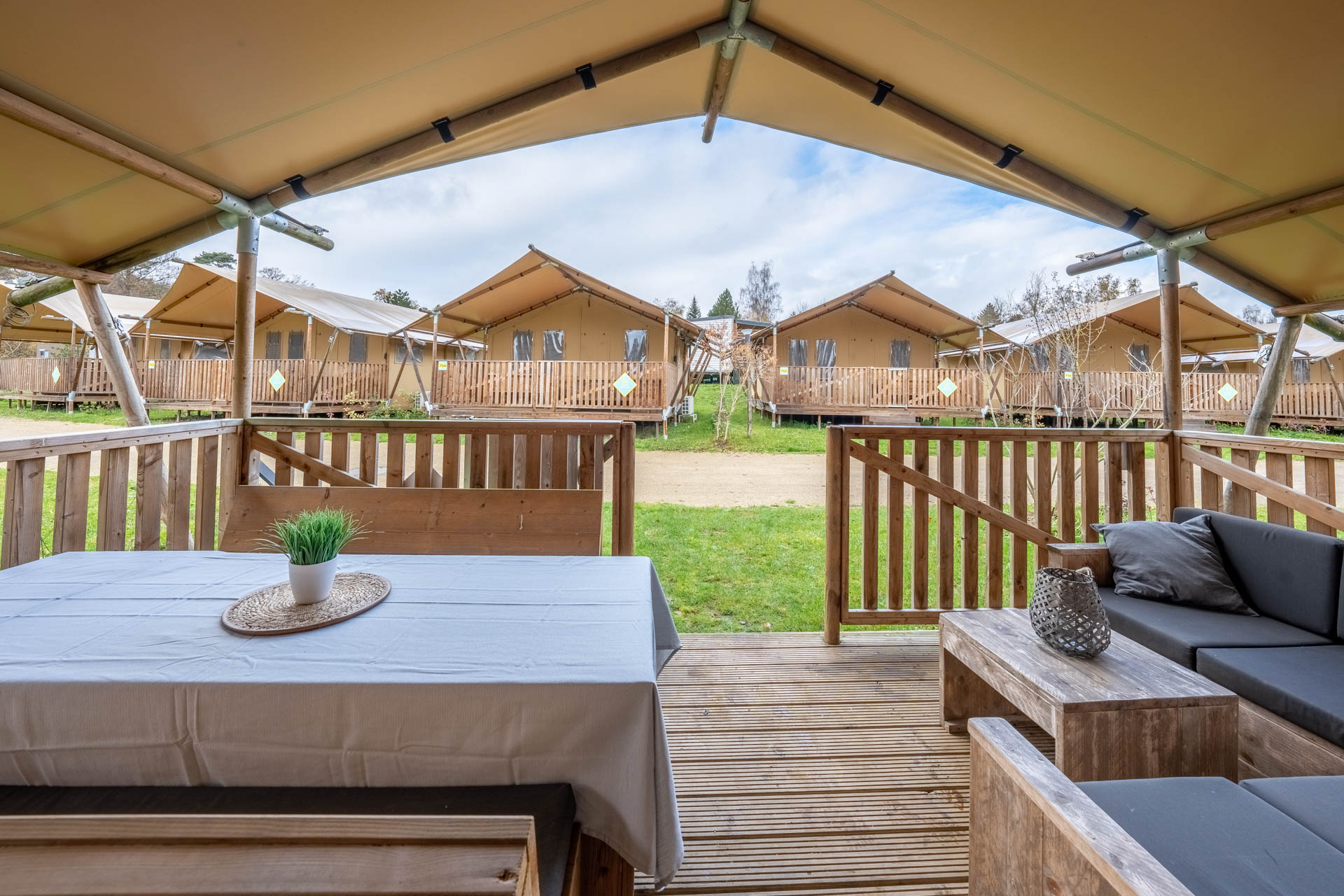Piombino, the port of Tuscany
The town of Piombino owes its origins to those fugitives who sought shelter from the looting and decline of Populonia, the glorious Etruscan city that dominates the Gulf promontories. Even the name seems to refer to the ancient settlement: Piombino derives from Populino, that is, little Populonia.
Today it boasts the third-largest port for sea traffic in Italy from which ferries depart every day for highly popular holiday destinations, such as the Island of Elba, Sardinia or Corsica.
Like all coastal towns, the key element here is the sea. And there is a place, the most extreme point of the promontory of Piombino, from which it is possible to admire it in all its beauty. This is Piazza Bovio, the artificial terrace surrounded by water on three sides.
There is no better view, especially on the clearest days, of the islands of the Tuscan Archipelago: the Island of Elba in the foreground, but also Giglio and Capraia, as far as Corsica!
The other unmissable attraction of Piombino is its Castle which brings onto the field one of the most famous artists in the world: Leonardo Da Vinci. Da Vinci, in fact, was in the city at the beginning of the 1500s when he decided to use his engineering skills to retouch the existing fortification.
The Castle of Piombino was the main defence of the town, located on a rise overlooking the sea to monitor the surroundings. The building also has a small door as an entrance to the town!
Follonica, from an industrial town to a seaside town
Follonica, the second-largest town in the province (after Grosseto), is located right in the centre of the Gulf that bears its name and that extends from Piombino to Punta Ala.
A 30 km gulf that hosts some of the most beautiful beaches of the Maremma, hidden by the pine forest of the nature reserve such as Cala Violina or the smaller Cala Martina.
The town originally had a fundamental function in the heavy industry of the area and production facilities that were among the most avant-garde in Italy, until in the twentieth century the activity gradually moved into the new centre, Piombino. Follonica went from being a factory town to a tourist town, a holiday destination for tourists, but also for many Tuscans. And from the pictures of its sea, you can see why!
In addition to the abandoned foundry factories in the city centre – the so-called Area ex ILVA – which testify to the town's iron and steel tradition, the Church of San Leopoldo is the representative of the skill of this art. Admire the cast-iron façade, the friezes and the decorations of the furnishings and appreciate the skilled use of these materials.
And if the topic has fascinated you, don't miss the MAGMA, the Museum of Cast Iron Arts of the Maremma which chronicles the activity of the production facility with documents, films and reconstructions.
Here are another couple of attractions to visit in Follonica:
The Palazzo Granducale, built in 1845 in the liberty style, with the white marble bathtub commissioned by Napoleone Bonaparte from the Canova workshop to give to his sister Elisa, Grand Duchess of Tuscany.
The ruins of Valli Castle in the hills above Follonica, the summer residence of the bishops of Lucca. It's worth the visit to see the majestic tower!
San Vincenzo and its Sailor
San Vincenzo is the smallest town among those listed, it has just 6,700 inhabitants but it is also the closest to hu Park Albatros village: perfect for an ice cream or an aperitif on a sunny late afternoon.
The area of greatest attraction for holiday-makers is, in fact, the promenade on the waterfront, completely pedestrianised, a stone's throw from the port and with many cafés for all tastes.
And just near the port there is also the Torre di San Vincenzo, from the Middle Ages, with the defensive function of sighting possible threats from the sea.
To conclude the visit of the town, don't miss the Sailor's walk: 800 metres between the rocks that connect Piazza Unità d'Italia (English: Unity of Italy Square) to the statue of the Sailor by Giampaolo Talani. 7 metres high, the bronze sculpture contemplates the infinite blue in front of him and the future. And don't forget to touch the "Fortuna" fish that swims between the feet of the huge sailor: this would be the perfect occasion to make a wish!




















